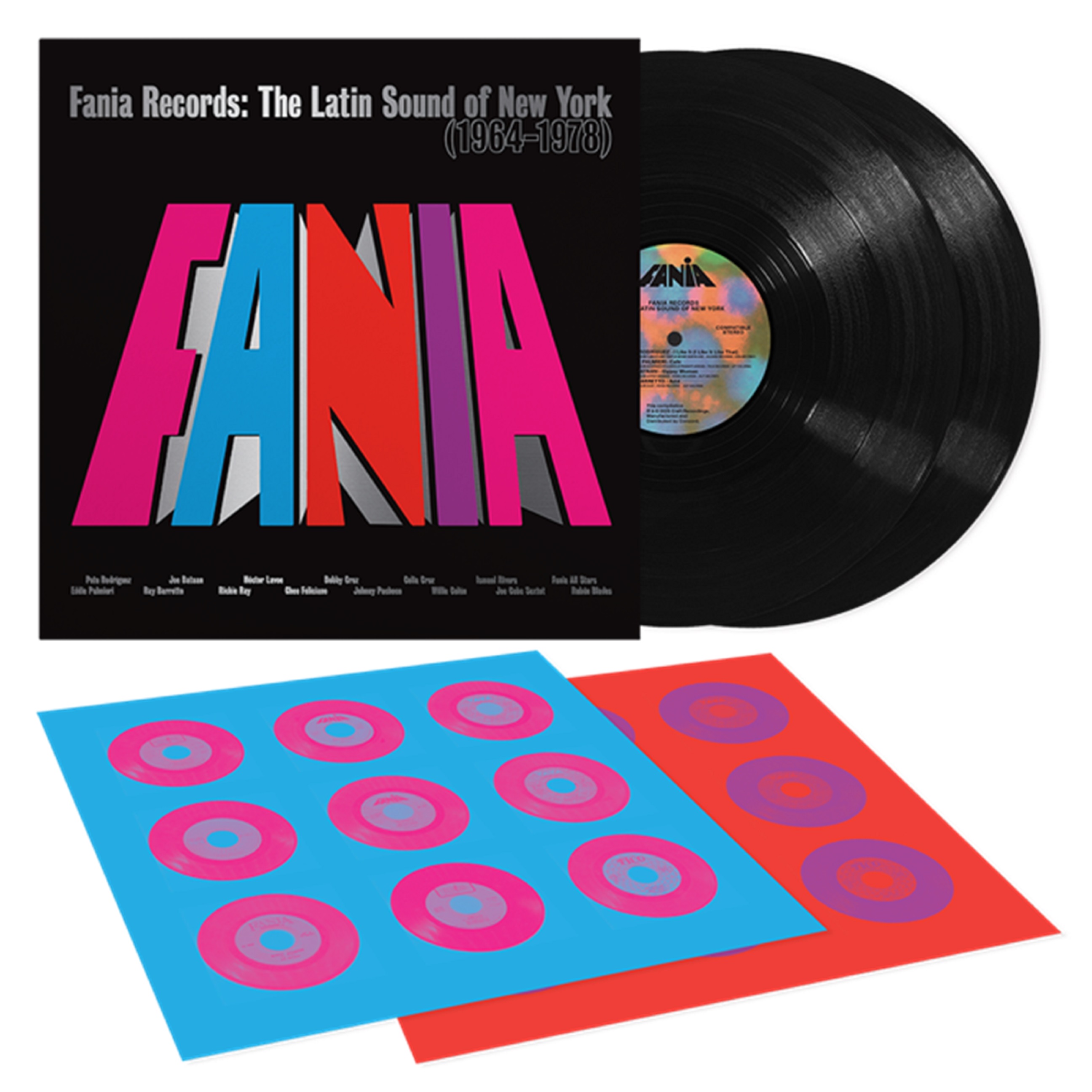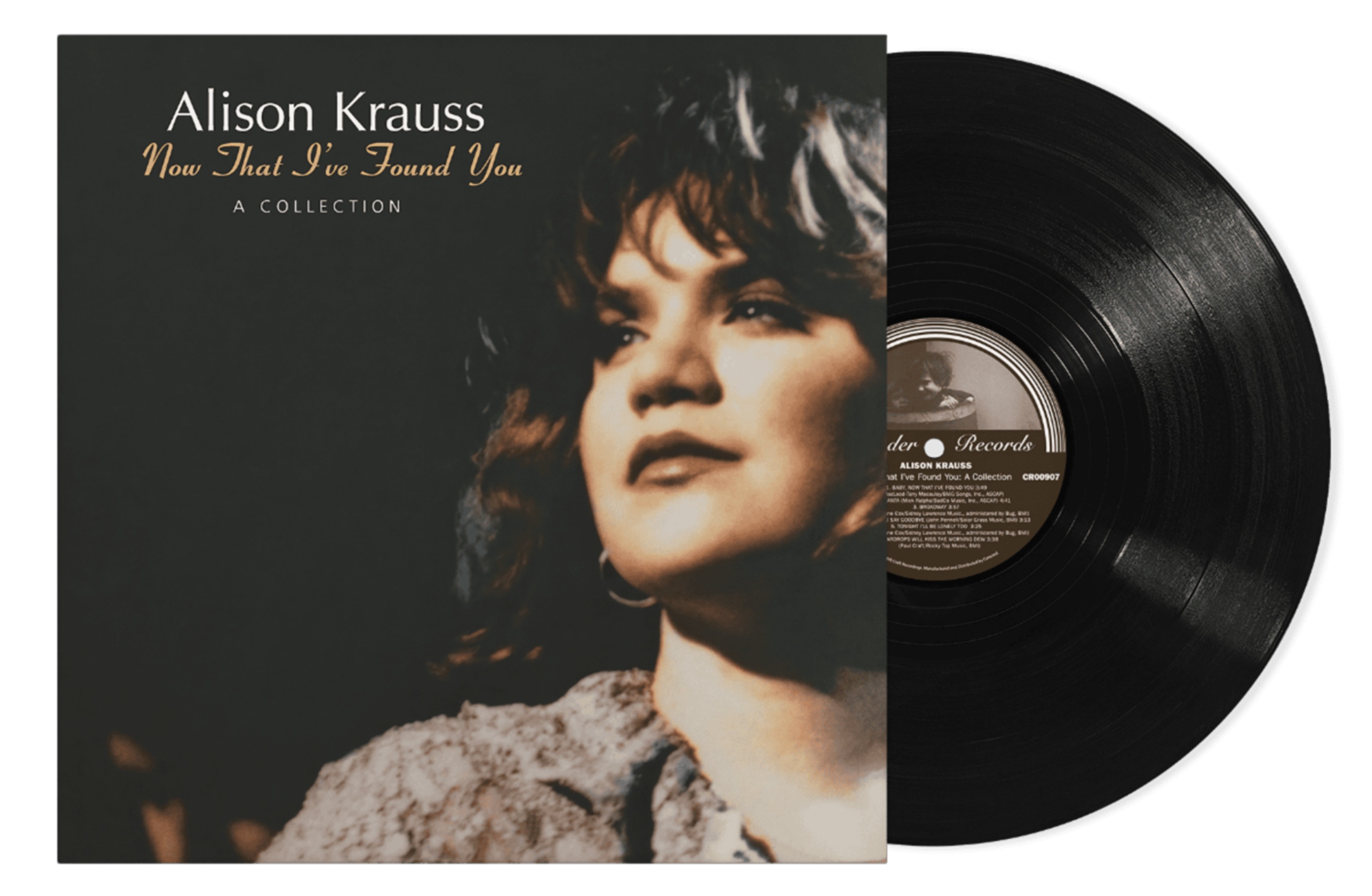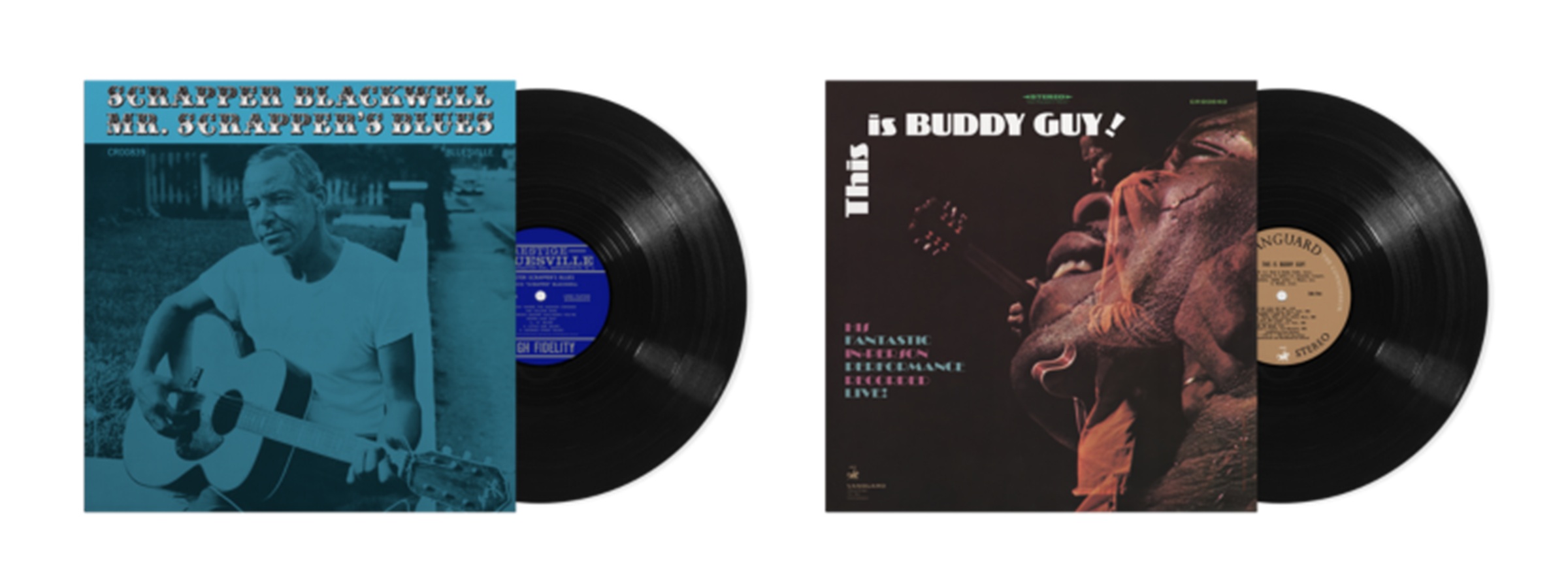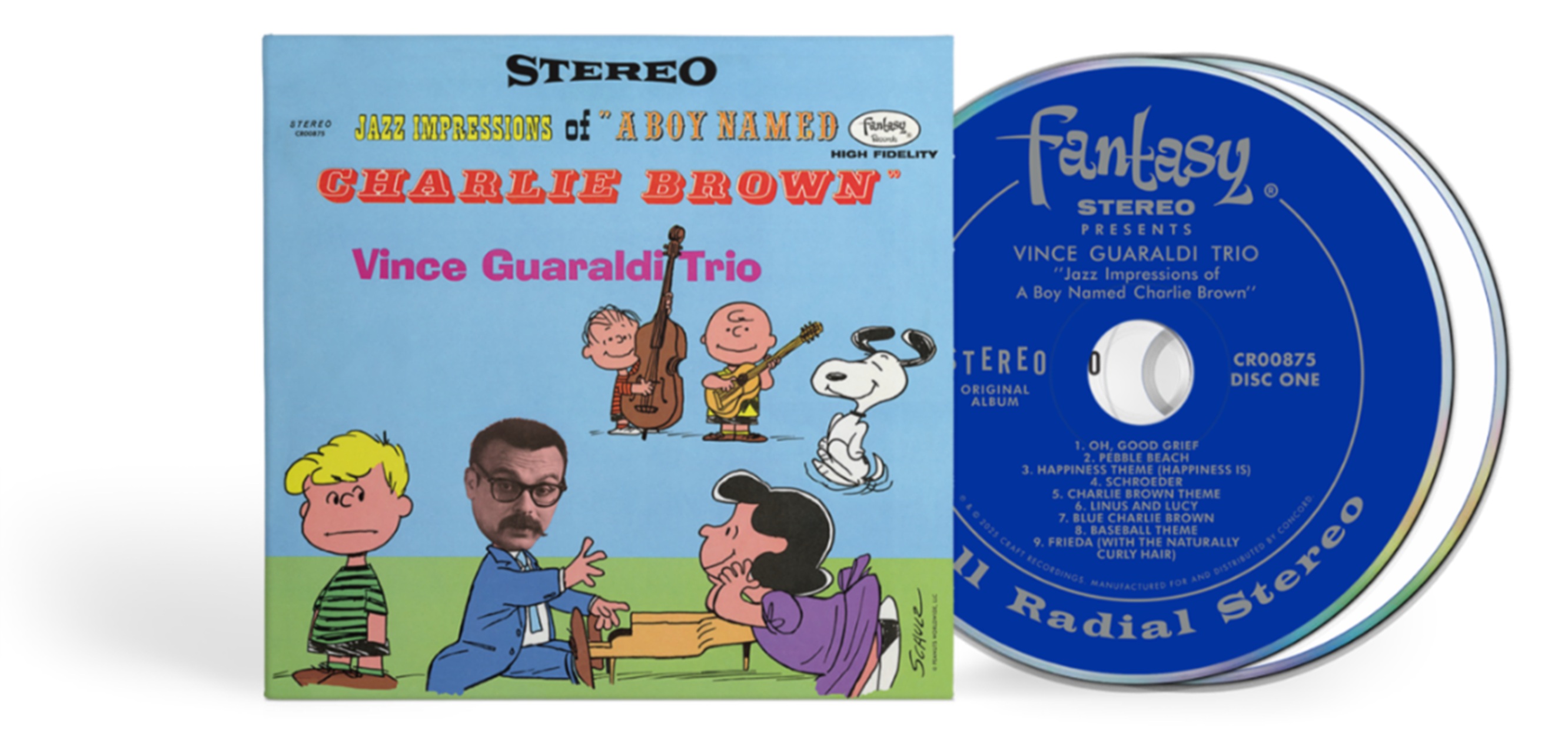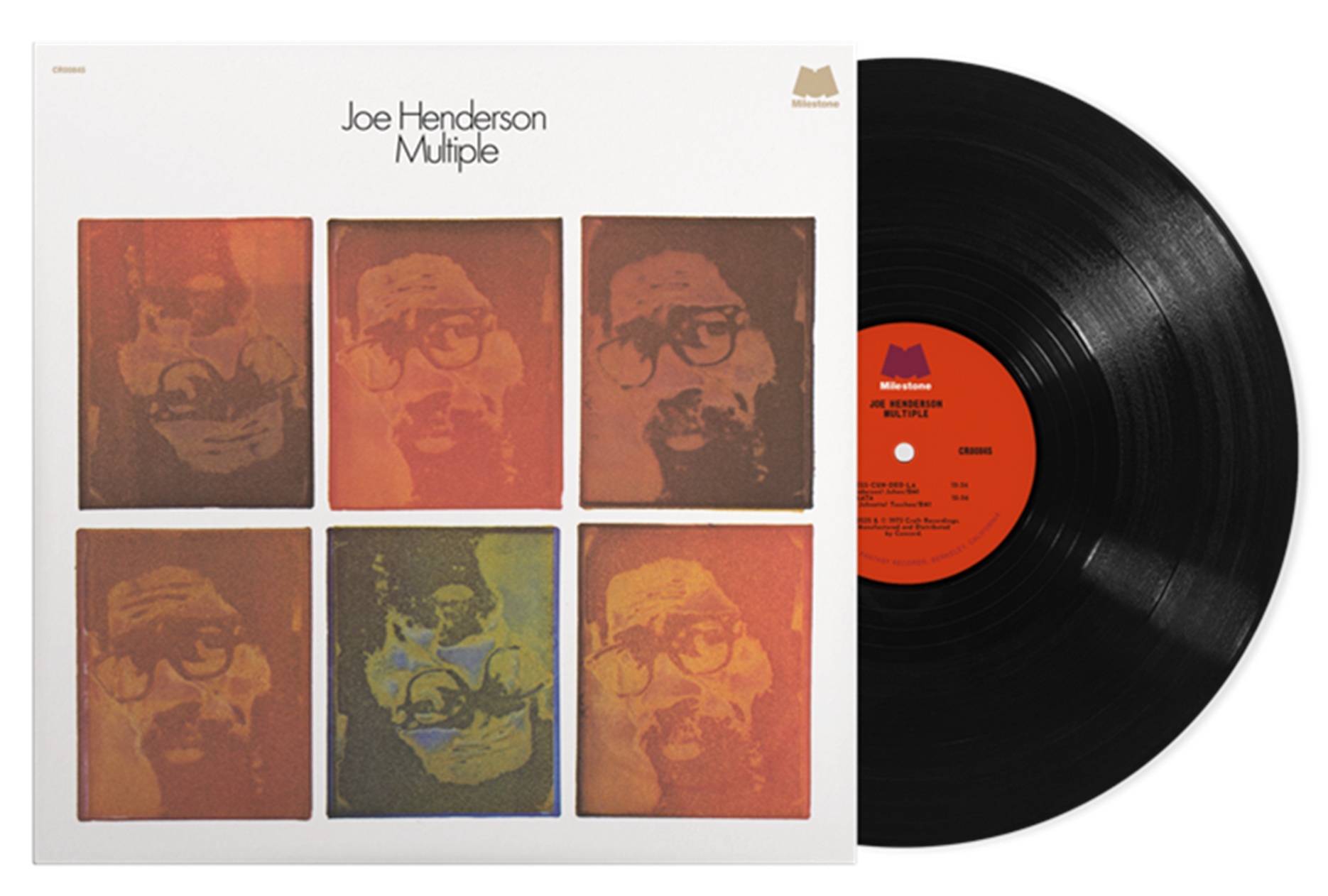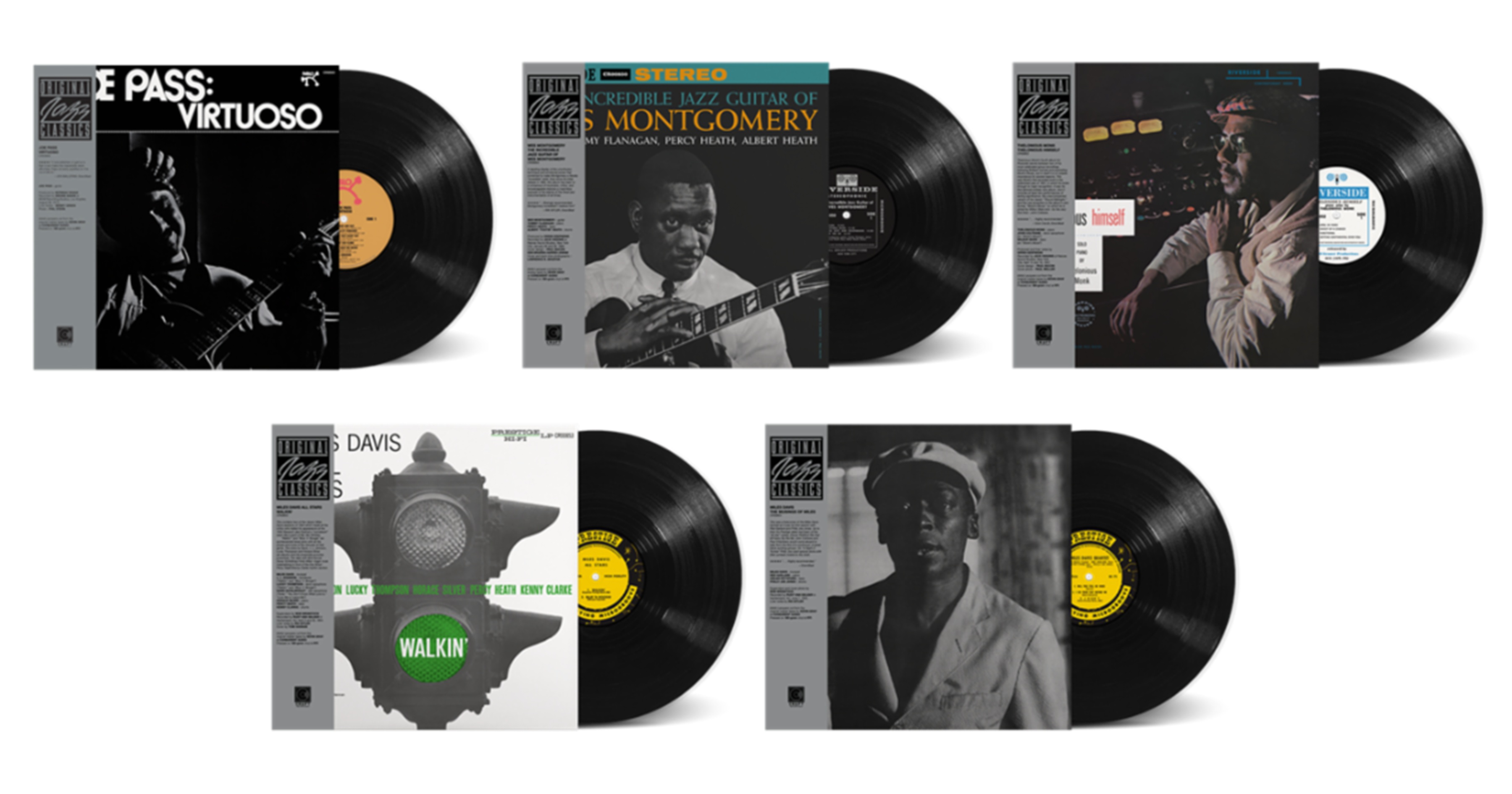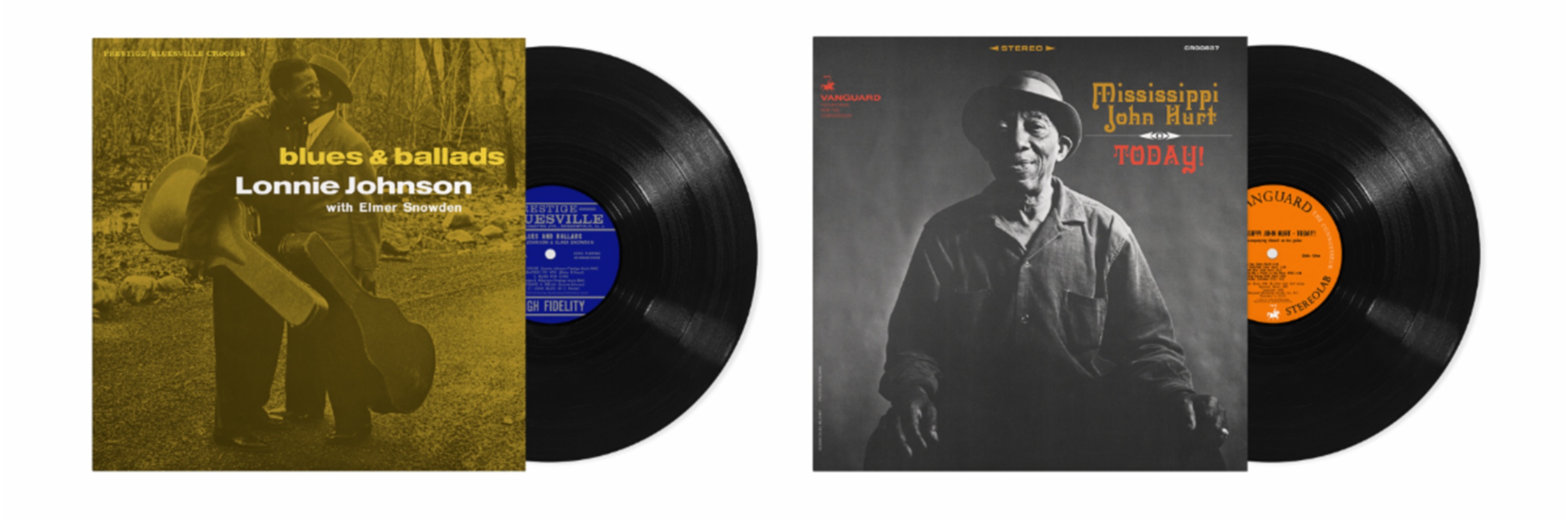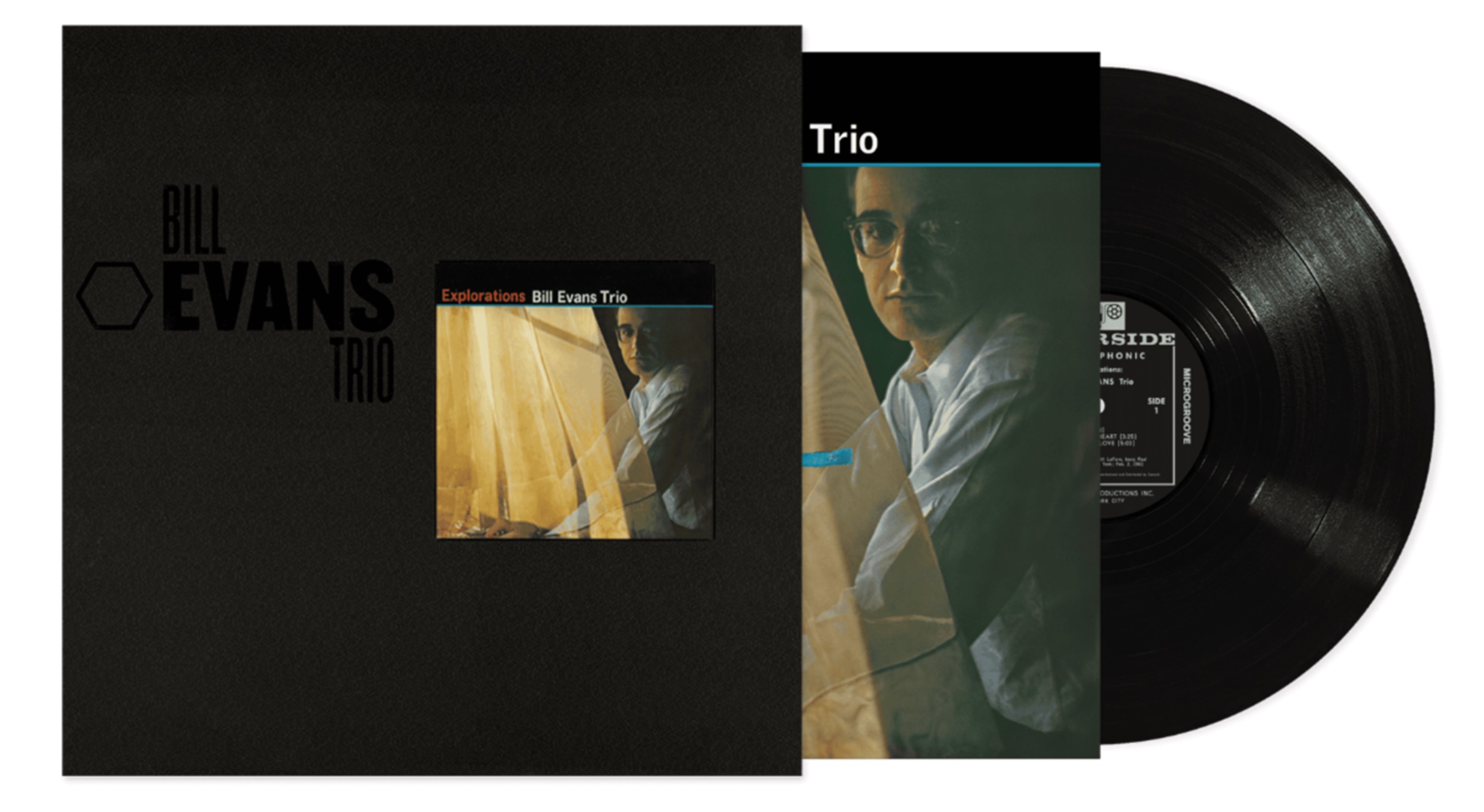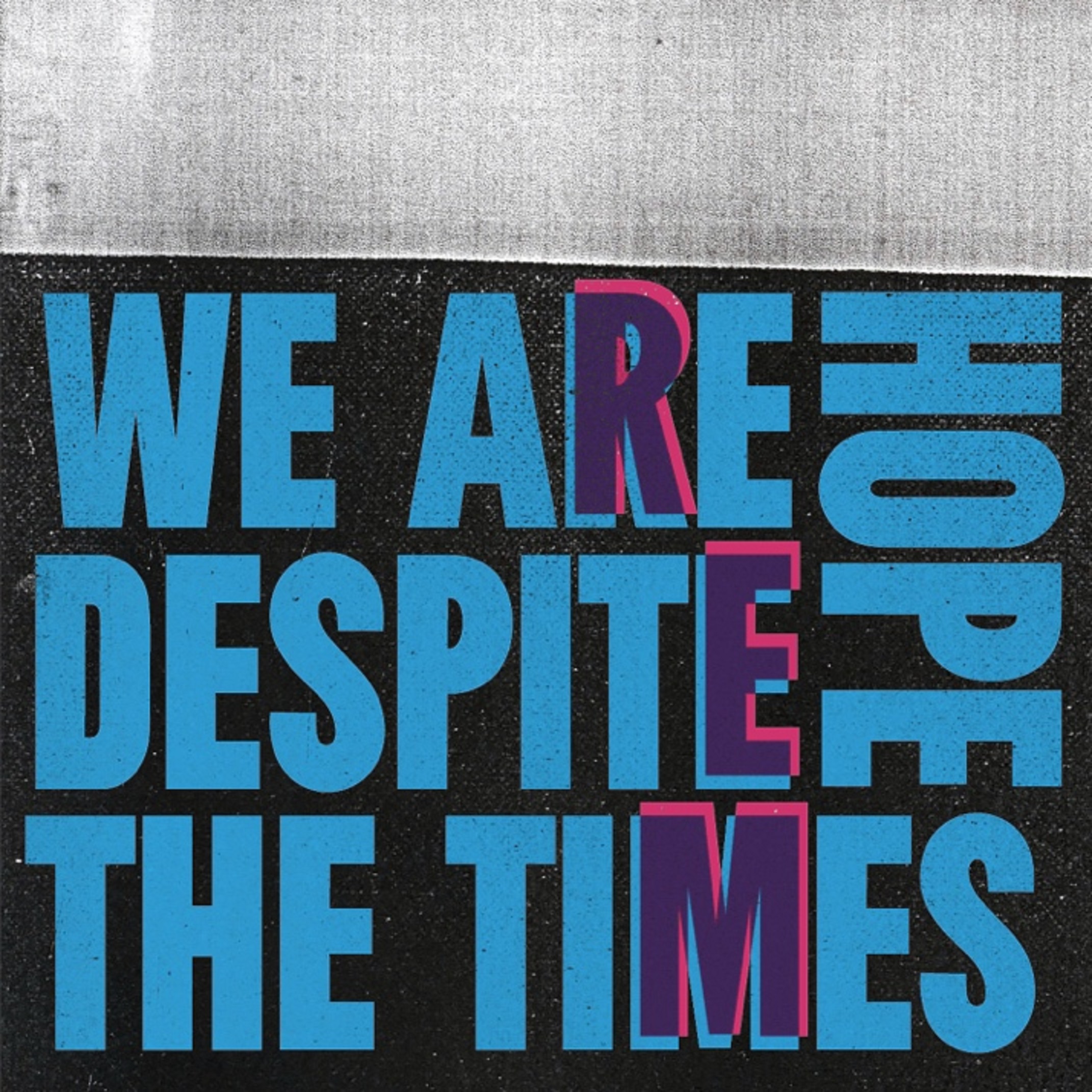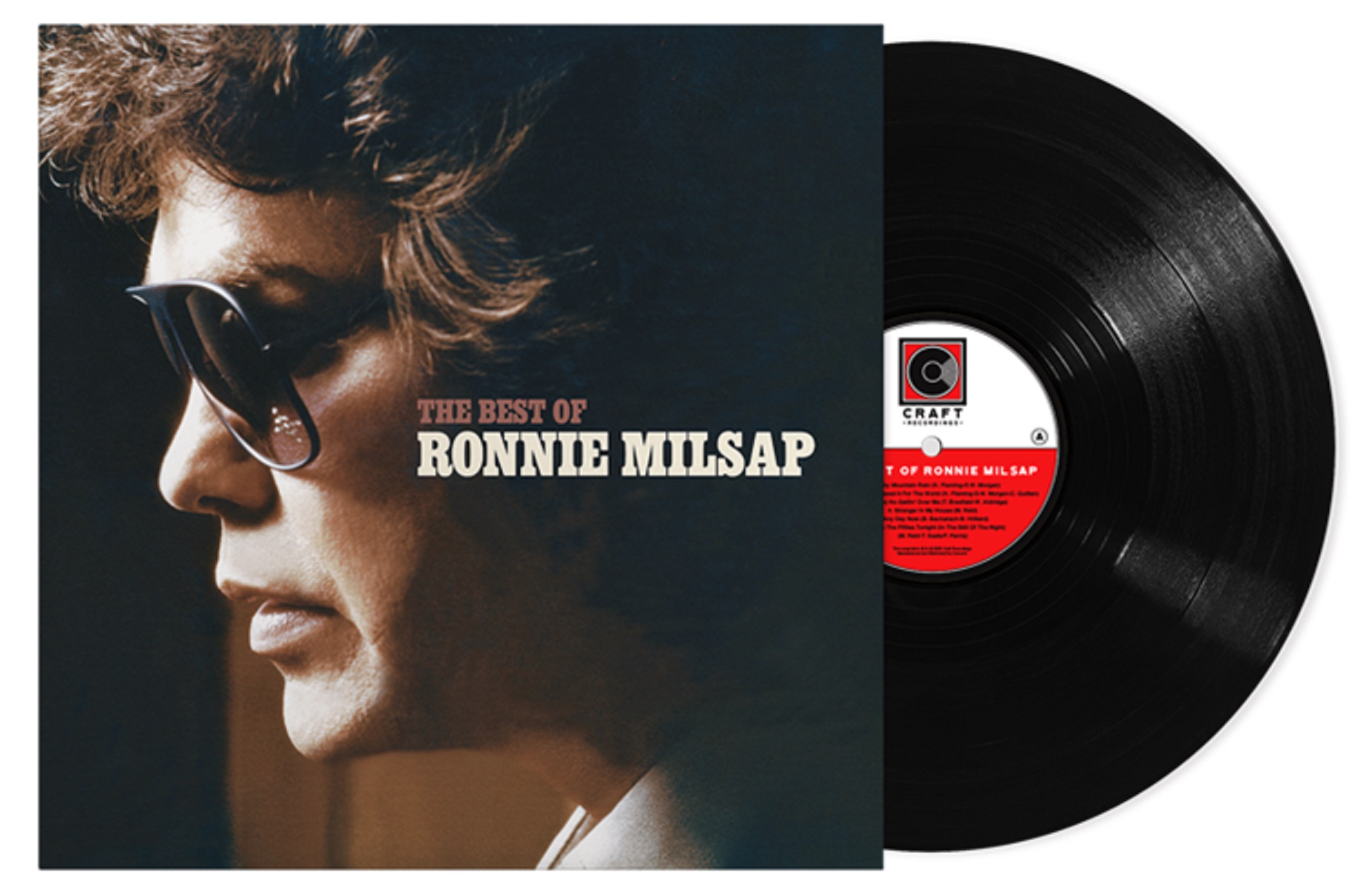This year marks the 60th anniversary of the legendary Fania Records: one of the most significant Latin labels in the world, musically and culturally, with an influence that continues to reverberate today. To honor the New York label’s enduring contributions—as well as its powerhouse roster of legendary artists—Craft Latino proudly presents a new compilation, Fania Records: The Latin Sound of New York (1964–1978). Available January 24 on 2-LP and out now digitally, the compilation highlights 16 of the greatest salsa and Latin soul songs released on Fania and its subsidiaries by some of the label’s most beloved artists, including Willie Colón, Héctor Lavoe, Rubén Blades, Johnny Pacheco, Ray Barretto, Celia Cruz, Fania All Stars, Joe Bataan, Eddie Palmieri, Cheo Feliciano, Pete Rodriguez, Joe Cuba, Ismael Rivera, Richie Ray and Bobby Cruz. The vinyl edition also includes archival images and all-new in-depth liner notes in English and Spanish by the New York–based music historian, author, artist, and activist Aurora Flores Hostos. This compilation is not only a fantastic tribute but an essential introduction to Fania for new collectors and fans of classic salsa and Latin music.
This special release rounds out an extensive, year-long celebration of Fania Records, which has included more than a dozen remastered 180-gram vinyl reissues, merch and over two dozen remastered digital albums, many of which debuted in hi-res audio.
The legacy of Fania Records is just as meaningful to Latin music as Stax and Motown are to soul or Prestige and Blue Note are to jazz. From establishing itself as the definitive home for Latin big band, Afro-Cuban jazz, boogaloo and Latin soul, among other styles, to pioneering salsa music and popularizing it around the globe, Fania—and the immeasurable talent on its roster—illuminates a powerful American immigrant story that is as timely today as when the label launched.
Fania was born from the vision of multi-instrumentalist, bandleader, arranger and producer Johnny Pacheco. A fast-rising star with his signature pachanga music, the Dominican-born artist established the label as a home for his recordings, where he could have full creative control over his work and champion fellow Latin musicians. Scraping together $5,000, Pacheco and his lawyer, Jerry Masucci, launched Fania in 1964 with his album Cañonazo. Using Masucci’s City Hall office to store records and distributing them from the trunk of Pacheco’s car, Fania’s profile grew quickly. Before long, it had become the musical tastemaker for young Latin New Yorkers.
Fania, writes Aurora Flores, was “A venture born from the rich cultural tapestry of civil rights protests, a Cuban embargo, and social justice marches where neighborhood nightclubs replaced downtown dance halls.” Indeed, it was an era of sweeping cultural change. Just as rock ’n’ roll was taking over airwaves across America, Latin music was experiencing its own youthful revolution. In New York, where the ballroom scene had long reigned supreme, dance crazes like the mambo and cha-cha-chá had become passé. Now, a new host of Latin artists (many of them second-generation) were forging their own path, blending the traditional music they grew up on with soul, doo-wop and R&B. Coined boogaloo, or Latin soul, these songs reflected the melting pot of New York City.
Driving the craze were artists like Pete Rodriguez, particularly his genre-defining 1966 classic “I Like It Like That”; Joe Bataan, who kickstarted his career with a 1967 cover of Curtis Mayfield’s “Gypsy Woman”; and Ray Barretto, whose supremely funky, jazz-infused 1968 instrumental “Acid” was released at the height of the psychedelic music era. Yet, while boogaloo reigned supreme until the early ’70s, it would soon be overshadowed by a bold new sound—one that would explode in popularity around the globe and become an enduring staple in popular culture. That sound was salsa. Rooted in the son Cubano and son montuno traditions and born on the streets of New York, salsa music was once aptly described by horn player, vocalist and producer Willie Colón as “the harmonic sum of all Latin culture.” At the forefront of this musical shift was none other than Fania Records.
One of the earliest salsa hits was 1970’s “Agúzate,” released by the popular duo of Richie Ray & Bobby Cruz. A year later, Puerto Rican singer Cheo Feliciano—who began as a vocalist with the Joe Cuba Sextet and can be heard on the group’s iconic 1964 track “El ratón”—embarked on a solo career with his debut, Cheo. The record-breaking album caused a sensation in the Latin market, thanks to such enduring tracks as “Mi triste problema” and “Anacaona,” the latter of which is featured on this compilation. Another best-selling vocalist was Héctor Lavoe, who first rose to fame in the ¢60s with a string of popular albums alongside Willie Colón (including 1969’s Gold-certified Cosa Nuestra, featuring the hit “Che che colé”). Lavoe is represented as a soloist here with two of his biggest singles, the 1975 chart-topper “Mi Gente” and his signature tune, “El Cantante.”
One woman was also at the forefront of salsa, Celia Cruz. In 1974, the Cuban singer partnered with Johnny Pacheco for the first of several collaborations, Celia & Johnny. The album, which catapulted Cruz to international stardom as “The Queen of Salsa” has long been considered one of the genre’s most significant albums and featured many of Cruz’s biggest hits, including the quintessential rumba “Quimbara.” Many of Fania’s foundational artists, who initially found success with Latin soul, also explored the exploding musical trend, including Ray Barretto, with his triumphant 1973 album, Indestructible. Lavoe and Colón, meanwhile, re-imagined Christmas in the salsa tradition, alongside Puerto Rican cuatro virtuoso Yomo Toro, with two iconic holiday albums that take us on a Puerto Rican parranda excursion: 1970’s Asalto Navideño (featuring the now classic “La murga”) and 1973’s Asalto Navideño Vol.2.
By the mid-’70s, salsa was the dominant sound in Latin music. As Flores recalls, “With fists pumped in the air and Afros everywhere, salsa was shouted from overflowing concerts, vest pocket parks, street corners, and roof-tops.” As the demand grew for fresh salsa tracks, Fania attracted a new generation of artists, including Panamanian singer, songwriter, actor and activist Rubén Blades. Blades, who famously penned Lavoe’s “El Cantante,” brought socio-political consciousness into his work, including 1978’s “Pedro Navaja.” Inspired by “Mack the Knife,” the song paints a stark portrait of life in the American barrio—setting the scene with police sirens, street sounds and a sarcastic interpolation of West Side Story’s “America.” That same year, Puerto Rican singer-songwriter Ismael Rivera scored one of his biggest hits with “Las caras lindas.” Written with his childhood friend, the prolific composer Tite Curet Alonso, the powerful song offers a bittersweet ode to the beauty and resilience of Black culture.
“With hits came tours,” writes Flores. Indeed, Fania’s artists found great success on the road, drawing crowds across the Americas and beyond. The hottest ticket, however, was the Fania All Stars—the long-running, ever-evolving collective that has included such heavy hitters as Johnny Pacheco, Willie Colón, Ray Barretto and Héctor Lavoe. Formed in 1968, the group not only served as a platform for the label but also helped to popularize salsa music across the world. Over the years, the All Stars released a series of bestselling albums, including Live at the Cheetah, Vols. 1 and 2 (1972) and Live at Yankee Stadium, Vols. 1 and 2 (1975).
The performance at Live at the Cheetah, Vol. 2—which also inspired Fania’s 1972 documentary Our Latin Thing—was “a pivotal historic moment,” writes Flores. Featured here from that concert is “Estrellas de Fania,” which, she adds, “captures the artists’ thunderous energy and improvisational prowess.” In particular, Flores points to “a kick-ass round-robin of improvisational soneros/singers starting with Barretto’s Adalberto Santiago, Colon’s Héctor Lavoe, [Larry] Harlow’s Ismael Miranda, Pacheco’s Pete “El Conde,” Rodríguez and [Tito] Puente’s Santitos Colón. Inspired arpeggios spring from Pacheco’s flute dancing around Bobby Valentin’s steady bass beats. A scorching Harlow piano solo follows, blazing a path for a searing Barry Rogers’ bone showcase, spontaneously competing with the singers as Barretto pounds the congas.”
It is that collaborative spirit and contagious energy that has kept Fania’s music so vital throughout the decades. 60 years after its first release, Fania Records remains a cultural beacon, with a musical tradition that will continue to be shared for generations to come.
Click here to pre-order Fania Records: The Latin Sound of New York (1964–1978)
Tracklist:
Side A
1. Pete Rodriguez – I Like It (I Like It Like That)
2. Eddie Palmieri – Café
3. Joe Bataan – Gypsy Woman
4. Ray Barretto – Acid
Side B
1. Héctor Lavoe – Mi Gente
2. Richie Ray & Bobby Cruz – Agúzate
3. Cheo Feliciano – Anacaona
4. Celia Cruz & Johnny Pacheco - Quimbara
Side C
1. Ismael Rivera Y Sus Cachimbos – Las Caras Lindas
2. Willie Colón canta Héctor Lavoe – Che Che Colé
3. Héctor Lavoe – El Cantante
4. Ray Barretto – Indestructible
5. Joe Cuba Sextet – El Ratón
Side D
1. Fania All Stars – Estrellas De Fania
2. Willie Colón canta Héctor Lavoe – La Murga
3. Willie Colón & Rubén Blades – Pedro Navaja
*Digital tracklist mirrors the vinyl





